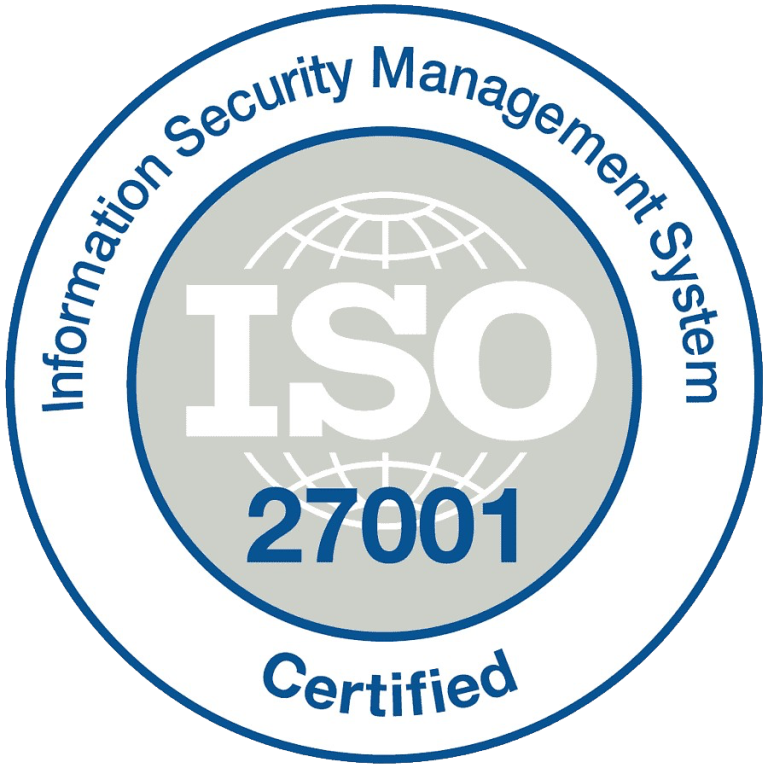Businesses need simple and effective ways to connect with their customers. This technology allows people to communicate directly with their mobile network operator’s systems, providing a reliable method for interaction without requiring internet access. USSD operates over standard mobile networks, making it accessible to a wide audience, including those in areas with limited connectivity or older mobile devices.
USSD presents a significant opportunity for business owners to enhance customer engagement and streamline operations. Its straightforward nature enables businesses to implement various interactive services efficiently, such as customer support, service requests, and promotional offers. By incorporating USSD into their communication strategy, businesses can improve responsiveness and ensure consistent, user-friendly customer interactions, fostering better customer relationships and driving growth.
What is USSD?
Unstructured Supplementary Service Data is a communication system utilized on mobile phones that allows users to interact with their service providers through a simple menu-based interface. It involves dialling a short code starting with an asterisk (*) and ending with a hash (#). Upon dialling this code, customers can access various services and information the business offers.
Recent developments have expanded USSD’s capabilities beyond fundamental menu interactions. Businesses can now use USSD to facilitate complex transactions, conduct surveys, and integrate with other systems for enhanced functionality. This evolution has further solidified USSD’s role as a valuable communication tool, particularly in regions with limited internet access or among users with basic mobile phones. Its simplicity and accessibility continue to drive its adoption to improve customer service and engagement across diverse industries.
Benefits of USSD for business owners
USSD offers a range of advantages for businesses seeking effective communication solutions. Here are ten (10) key benefits that highlight why USSD can be a valuable asset:
1. Accessibility
USSD operates on all types of mobile phones, from basic models to smartphones. Using USSD, businesses can engage with customers who are otherwise excluded from digital services.
2. Ease of use
USSD’s simplicity makes it highly user-friendly. Customers only need to dial a short code and follow several prompts to access services. There is no need for app installations or internet connections, which simplifies the user experience and reduces barriers for those with limited technical skills or connectivity issues.
3. Cost-effectiveness
Setting up and maintaining a USSD service is generally more affordable than developing and operating mobile apps or websites. USSD’s cost-effectiveness stems from its straightforward infrastructure and the lack of ongoing data hosting fees. It allows businesses to provide services at a fraction of the cost of more complex digital solutions.
4. Immediate communication
USSD responds promptly to customer inquiries, allowing quick access to information or transaction completion. This swift interaction enhances customer satisfaction by minimizing delays often associated with other communication methods.
5. No data charges
USSD does not incur data charges, which is advantageous for customers with limited data plans or high data costs. The no data charge feature ensures that all users, regardless of their data availability, can access essential services without additional expenses, making it a more inclusive option.
6. Instant updates
Businesses can use USSD to send updates and notifications to customers quickly. This capability is useful for informing customers about new products, service changes, promotions, or urgent alerts. The immediacy of USSD ensures that important information reaches customers efficiently.
7. Enhanced customer service
USSD can streamline customer service by providing a structured menu for handling inquiries, complaints, or support requests. Businesses can automate responses to common questions or issues, reducing the workload on customer service teams and improving the efficiency of support operations.
8. Transaction capabilities
USSD supports various transactional services, such as bill payments, account balance checks, and mobile top-ups. This versatility allows businesses to offer essential financial services through a simple and secure platform, enhancing convenience for customers and expanding service offerings.
9. Increased engagement
Businesses can drive higher levels of customer engagement by utilizing USSD for promotions, surveys, and feedback collection. Interactive features enable businesses to gather valuable insights, conduct market research, and tailor their services based on customer preferences and responses.
10. Scalability
USSD systems are highly scalable, allowing businesses to expand their services and reach easily as they grow. The scalability of USSD means that businesses can adjust their offerings to accommodate increasing customer numbers or additional service features without significant investment in new technology. This flexibility supports long-term growth and adaptation to changing market needs.
Setting up a USSD service
Setting up a USSD service involves several key steps and collaboration with a mobile network operator. Initially, the business must partner with the operator, who will handle the technical aspects of integrating the USSD service into their network. It includes configuring the USSD gateway, which bridges the service and the mobile network, ensuring proper connectivity and functionality.
Once the technical setup is underway, the business creates the USSD menu content. This menu should be user-friendly and intuitive, providing a seamless experience for customers. The menu layout should be straightforward, with clear options and instructions to guide users through the available services. Simplicity is key, as a well-designed menu helps reduce user frustration and improve accessibility.
Important considerations during the setup process:
- Menu design: Craft a menu that effectively meets customer needs, offering quick access to key services. Use simple language and logical sequences to make navigation easy, ensuring users can find what they need without confusion.
- Testing and optimization: Thoroughly test the USSD service to verify its performance across different mobile devices and network conditions. Testing helps identify potential issues and allows adjustments before the service goes live. Gathering feedback from a test group can provide insights into user experience and help refine the service.
- Integration with backend systems: Ensure the USSD service is seamlessly integrated with your existing backend systems, such as customer databases or transaction processing platforms. This integration is crucial for delivering accurate information and processing requests efficiently.
- Compliance and security: Adhere to regulatory requirements and industry standards related to USSD services. Implement a strong security measure to protect user data and ensure the service is secure from unauthorized access or breaches.
- Ongoing maintenance: Regularly monitor the performance of the USSD service and address any issues that arise. Continuously update and improve the service based on user feedback and evolving business needs to maintain effectiveness and relevance.
By carefully managing these elements, businesses can establish a successful USSD service that enhances customer engagement, provides valuable information and support, and operates efficiently within the mobile network infrastructure.
Challenges and limitations of USSD
- Network dependency: USSD relies on the cellular network’s stability, which can impact service reliability in poor network conditions.
- Limited data: USSD’s capacity for data transmission is restricted, affecting the complexity of interactions.
- User experience issues: The menu-driven interface may need to be more intuitive than graphical interfaces, which could lead to potential user frustration.
- Integration difficulties: Technical challenges may arise when integrating USSD with existing systems.
- Security concerns: USSD sessions can be vulnerable to interception if not properly secured.
Best practices for designing USSD menus
- Simplicity: Keep the menu straightforward with clear, logical options.
- Clarity: Use simple language and provide clear instructions.
- Testing: Perform thorough testing across various devices and networks to identify and resolve issues.
- Accessibility: Design menus for easy navigation, especially for users with basic phones.
- Error handling: Implement effective error messages and recovery options.
Future trends in USSD technology
- Integration with Internet of Things (IoT): USSD may be used to interact with IoT devices.
- Enhanced security: Advancements in encryption and security for USSD communications.
- Hybrid solutions: Combining USSD with other technologies for a more integrated user experience.
- Expansion in emerging markets: Continued growth in areas with limited internet access.
- Improved analytics: Enhanced data analytics to optimize USSD services.
USSD and customer data management
- Data collection: USSD can collect customer data, which should be securely stored and used in compliance with privacy regulations.
- Privacy concerns: Implement robust security measures and adhere to data protection laws.
- Regulatory compliance: Always ensure compliance with local and international data protection standards.
- Data integration: Integrate USSD data with CRM and analytics systems for improved customer insights.
How to measure the effectiveness of USSD services
- Customer satisfaction: Use surveys and feedback to gauge satisfaction.
- Engagement rates: Track user interactions and session metrics.
- Operational efficiency: Measure response times and transaction success rates.
- Business impact: Evaluate the impact on customer acquisition, retention, and revenue.
- Feedback analysis: Use feedback to refine and improve the USSD service.
Conclusion
USSD is a valuable tool for business owners aiming to enhance customer interaction. Its simplicity, requiring only a dialled code and providing easy navigation, makes it user-friendly and efficient, eliminating the need for app installations or internet connectivity. USSD is a cost-effective solution compared to other digital communication methods.
It allows businesses to offer services, including customer support, payments, promotions, and information services, at a lower cost than developing and maintaining mobile apps or websites. The ability to provide immediate responses enhances customer satisfaction by addressing inquiries and processing transactions quickly.
By integrating USSD into their communication strategies, businesses can significantly improve customer service and expand their reach. This technology helps businesses stay competitive in a digital world by offering a reliable and effective means of interaction that complements more advanced digital solutions.





